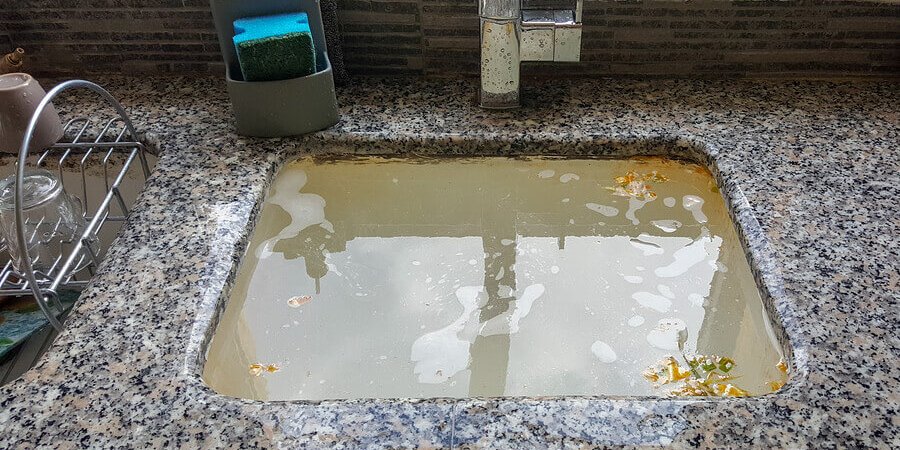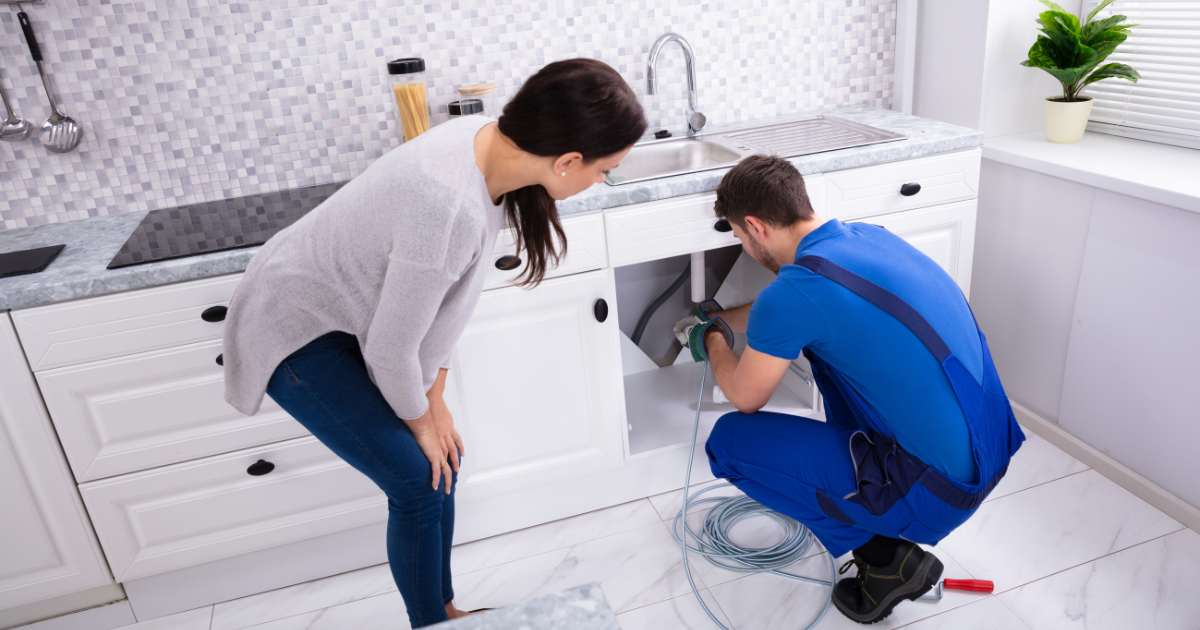Ways to Address a Blocked Drain Before Calling in Experts
Ways to Address a Blocked Drain Before Calling in Experts
Blog Article
Nearly everybody will have their private perception on the subject of What I learned from trying to deal with a clogged drain.

Introduction
Handling an obstructed drainpipe can be an aggravating experience, disrupting daily tasks and possibly causing damages to your residential or commercial property. However, before reaching out to plumbing experts, there are actions you can require to attend to the concern on your own. In this guide, we'll check out DIY remedies and safety nets to take on an obstructed drain properly.
Determining the Problem
The very first step in dealing with an obstructed drainpipe is acknowledging the signs. Slow-moving water drainage, gurgling audios, foul odors emanating from drains, or water backing up prevail indicators of a blocked drain. Recognizing these indicators early can help prevent even more problems.
Usual Reasons For Blocked Drains
Understanding the factors that add to drain clogs is necessary for effective resolution. Typical culprits consist of hair, soap scum, grease, food debris, and international items like hygienic items or paper towels. Tree roots invading underground pipes can also cause substantial obstructions.
Do it yourself Solutions
For small clogs, several DIY options can be effective. Pouring boiling thin down the drainpipe can help liquify grease and particles. Baking soda and vinegar or a mixture of salt and cooking soft drink can work as all-natural cleaners. Utilizing a bettor or plumbing serpent to dislodge obstructions is another alternative.
Devices and Devices
Having the right tools available can make do it yourself drain cleaning up more reliable. A plunger is a functional tool for clearing clogs in sinks, bathrooms, and showers. A plumbing serpent or auger can get to much deeper clogs, while drainpipe cleaning chemicals can be used very carefully for persistent obstructions.
Preventive Measures
To avoid future obstructions, taking on safety nets is important. Mount drainpipe guards or filters to capture hair and debris prior to they get in the pipelines. Frequently flush drains pipes with warm water to liquify oil buildup, and prevent dealing with oil or strong waste down the tubes.
When to Call an Expert
While do it yourself options can settle minor blockages, specific indicators indicate the requirement for expert help. Persistent blockages, foul odors regardless of cleansing efforts, or multiple drains pipes supporting all at once are warnings that call for professional intervention.
Picking the Right Plumbing Solution
When selecting a pipes solution, consider aspects such as experience, licensing, and client reviews. Pick a reliable plumbing with a track record of top quality handiwork and transparent rates methods.
Cost Factors to consider
The price of specialist drainpipe cleaning services can differ depending on the intensity of the obstruction and the plumbing professional's prices. Demand quotes from several service providers and ask about any kind of surcharges to guarantee openness and avoid shocks.
Safety and security Precautions
When attempting DIY drain cleaning, prioritize safety. Use safety handwear covers and eyewear to avoid contact with harmful chemicals or bacteria. Never mix various drainpipe cleansing items, as this can generate hazardous fumes.
Instance Studies
Real-life instances highlight the effectiveness of do it yourself options and the importance of prompt professional treatment in solving drainpipe blockages.
Conclusion
By following the ideas outlined in this overview, you can efficiently tackle blocked drains pipes and protect against future pipes issues. Whether going with do it yourself solutions or seeking professional aid, timely activity is vital to preserving a healthy and balanced plumbing system and maintaining the honesty of your home.
WHAT I LEARNED FROM TRYING TO DEAL WITH A CLOGGED DRAIN
We have had our share of seepages and other annoying things that are part of living, especially in an apartment complex. And if there’s one thing that’s terrifying for a homeowner—or even someone in a rented home—it is a clogged drain, indoors or outdoors.
We enjoy our living space, but it’s simply a fact of life that dead skin, soap and a host of other items go down the drain; eventually, the residue builds up and prevents anything from moving. Ugh.
Not Calling A Professional
Of course, it might seem simple to just whip the pipe off under the sink and see if you can unblock it. Unfortunately, what if the blockage isn’t there, or you don’t reconnect it properly? Worse, you might break a piece and have no drainage system. Can you imagine that scene? Yuck!
Not Watching Your Waste
This will sound d’uh, but the best tip I can give you for drain cleaning is to avoid clogging the drain in the first place! You can do this by monitoring what goes down the drain and catching the items which are most likely to give you a problem. Invariably hair, vegetable peels, and large wads of toilet paper are the most obvious culprits. Add a filter—these are available in hardware stores and can be removed and cleaned easily.
Poking The Drain
The first urge with a clogged drain is to poke at it with a stick or anything that resembles a stick. Sadly, this does not result in magically solving the issue. The mental image is, naturally, one of the stick just pushing through the offending item and all is well again. Reality is quite different and unpleasant and likely to lead to further problems.
The thing is, every drain has a series of bends that are not visible to us. Drains are built this way to prevent gases from entering the house. What happens when you poke a stick into the drain? Of course, it can’t bend around the corner. The more adventurous people will use force and end up wedging the stick or causing it to break off in the pipe—creating an even bigger issue. Worst thing? The stick will shift the block further down the pipe, creating the space for more to collect. Go ahead! Roll your eyes!
Using The Wrong Plunger
You know what they say: the right tool for the right job! Did you know there are different types of plungers besides the basic one we keep at home for an emergency? Yes, there are. For example, the toilet plunger has a bell-shaped bottom while the sink plunger is flat. This is an important difference and using the wrong plunger will be useless. There’s also a knack in using plungers—they must be placed in such a way that they create an airtight seal and then, moved slowly up and down—not as fast as we imagine.
https://vidyasury.com/2018/01/learned-trying-deal-clogged-drain.html

Do you like reading up on Some easy tips to fix blocked drains? Give feedback down below. We would be happy to listen to your opinions about this blog posting. Hoping to see you back again in the near future. So long as you enjoyed our article please make sure you remember to share it. Thank you so much for going through it.
Here Report this page